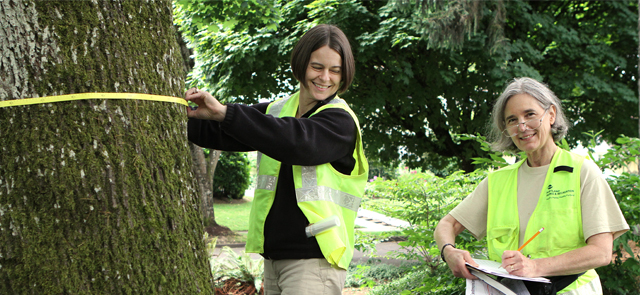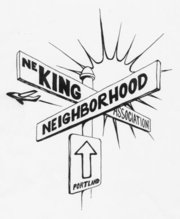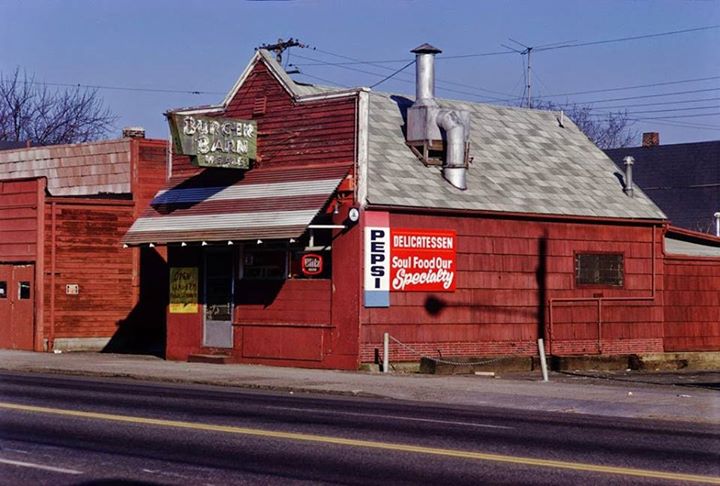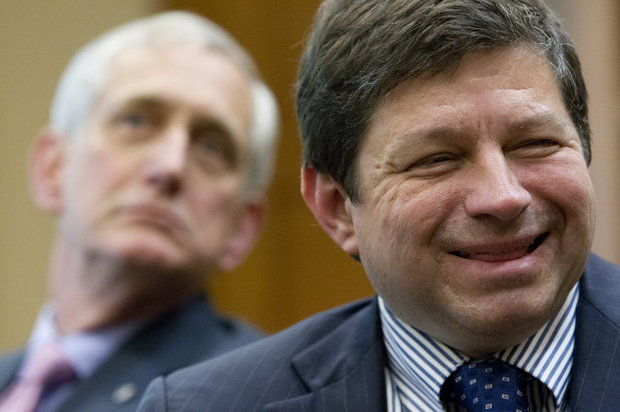 “I learned to identify trees, I participated in an activity in my neighborhood that gave me increased connections both to the physical environment and people in my neighborhood, I enjoyed every minute, and I learned about resources in Portland that are related to parks, trees, and environmental improvement.”
“I learned to identify trees, I participated in an activity in my neighborhood that gave me increased connections both to the physical environment and people in my neighborhood, I enjoyed every minute, and I learned about resources in Portland that are related to parks, trees, and environmental improvement.”
Walking around your neighborhood, do you see spaces to plant a tree, street trees in need of maintenance, and neighbors who are concerned about their trees but don’t know where to begin? Through the Tree Inventory Project, Urban Forestry is helping Portlanders take action to improve their community’s street trees, one neighborhood at a time.
The Tree Inventory Project began with a pilot neighborhood street tree inventory in 2010. Since then, the project has grown in leaps and bounds, and 17 neighborhoods have partnered with Urban Forestry so far to inventory street trees and create action-oriented neighborhood tree management plans. To date, volunteers have identified, measured, and mapped 70,000 street trees!
Active neighborhood groups interested in trees begin by gathering volunteers to help conduct a street tree inventory. Volunteers are guided by Urban Forestry staff, who provide training, tools, and event organization. Together, information is collected on tree species, size, health, site conditions, and available planting spaces. Data are analyzed by Urban Forestry staff, and findings are presented to neighborhood stakeholders at an annual Tree Summit at the end of the season in November. At the summit, neighborhood groups begin developing tree plans: They form a working neighborhood tree group and set achievable strategies to improve existing trees, expand tree canopy, and connect the neighborhood with city and nonprofit resources. The resulting Neighborhood Tree Plan is based on the current status and health of neighborhood street trees and provides recommendations for specific neighborhood actions to improve canopy. In the past, neighborhood groups have organized pruning workshops, secured funding to widen small planting strips, and planted street trees.
More than just producing data and a tree plan, this project brings communities together. Participating in the tree inventory project is a great way to meet your neighbors and connect with others who value our green resources!
Please contact diego@kingneighborhood.org if you are interested in participate.




